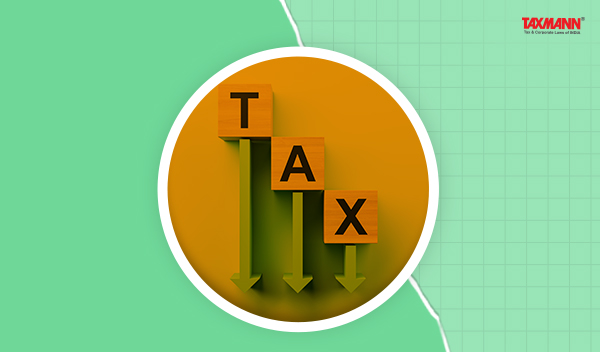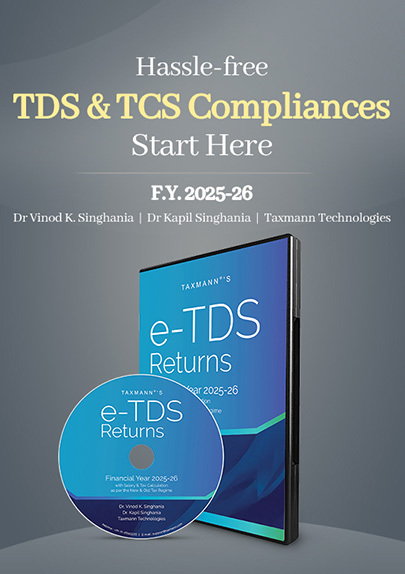[Opinion] Curtains to Evergreening of Tax Losses
- Blog|News|Income Tax|
- 2 Min Read
- By Taxmann
- |
- Last Updated on 12 February, 2025

CA Subham Kumar & CA Sarath Karthick R – [2025] 171 taxmann.com 254 (Article)
1. Introduction
The Finance Bill 2025 proposes a major change in the realm of mergers and acquisitions (M&As), particularly focusing on the carry-forward of tax losses. This budget introduces pivotal amendments that redefine the treatment of accumulated losses within corporate restructuring pursuant to amalgamation.
2. Amendment to Carry Forward Loss Provisions: A Paradigm Shift
Historically, provisions of the Income Tax Act, 1961 (IT Act) permitted the transference of accumulated losses from the transferor or predecessor entity to the transferee or successor entity for up to eight assessment years post-amalgamation.
The revised Finance Bill now mandates that the carry-forward period is confined to eight years from the year in which such losses arose, rather than eight years from the previous year when such merger was undertaken. This strategic amendment is poised to streamline the utilization of business losses post M&A, curbing the practice of ‘evergreening’ losses through protracted leveraging periods.
3. Relevant Provision under IT Act
As per the existing provision of the IT Act, the accumulated loss of the amalgamating entity or predecessor entity shall be deemed to be the loss of the amalgamated entity or the successor entity for the previous year in which amalgamation was affected. Further, no loss (other than loss from speculation business) under the head “Profits and gains from business or profession” shall be carried forward for more than eight assessment years immediately succeeding the assessment years for which the loss was first computed. Based on the combined reading, any losses of the amalgamating entity or predecessor entity are considered as losses of the previous year when such amalgamation was affected and accordingly get a fresh life of eight years.
Click Here To Read The Full Article
Disclaimer: The content/information published on the website is only for general information of the user and shall not be construed as legal advice. While the Taxmann has exercised reasonable efforts to ensure the veracity of information/content published, Taxmann shall be under no liability in any manner whatsoever for incorrect information, if any.

Taxmann Publications has a dedicated in-house Research & Editorial Team. This team consists of a team of Chartered Accountants, Company Secretaries, and Lawyers. This team works under the guidance and supervision of editor-in-chief Mr Rakesh Bhargava.
The Research and Editorial Team is responsible for developing reliable and accurate content for the readers. The team follows the six-sigma approach to achieve the benchmark of zero error in its publications and research platforms. The team ensures that the following publication guidelines are thoroughly followed while developing the content:
- The statutory material is obtained only from the authorized and reliable sources
- All the latest developments in the judicial and legislative fields are covered
- Prepare the analytical write-ups on current, controversial, and important issues to help the readers to understand the concept and its implications
- Every content published by Taxmann is complete, accurate and lucid
- All evidence-based statements are supported with proper reference to Section, Circular No., Notification No. or citations
- The golden rules of grammar, style and consistency are thoroughly followed
- Font and size that’s easy to read and remain consistent across all imprint and digital publications are applied



 CA | CS | CMA
CA | CS | CMA
